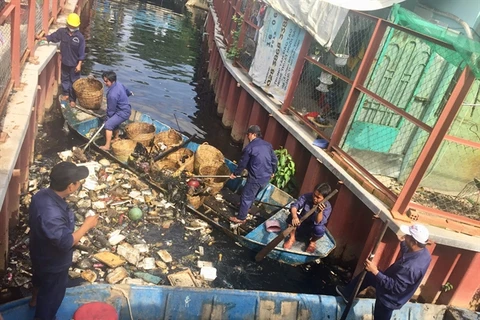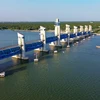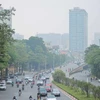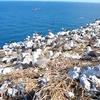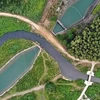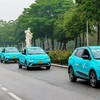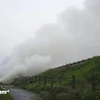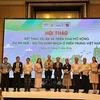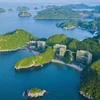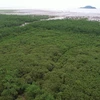HCM City (VNS/VNA) - As one of the cities affected by climate change, Ho Chi Minh City has for many years been making plans to cope with it.
During the rainy season from May to October, the city experiences regular flooding. A combination of high tides in the Sai Gon and Dong Nai rivers, heavy rains and land subsidence puts it in the list of 10 cities most vulnerable to sea-level rise.
According to the Ministry of Natural Resources and Environment, the city’s rivers could rise by about 30cm by 2050 and 75cm by the end of the 21st century.
By 2050 the number of communes and wards affected by tidal flooding will rise to 177, equivalent to 61 percent of the city's total area.
It will affect transportation, industrial activity, and agriculture. It comes as a wake-up call.
The municipal People’s Committee has worked with related agencies to make plans to cope with climate change.
There are 56 plans and projects to reduce greenhouse gas emissions and mobilise resources to be able to respond promptly to climate change.
The city will focus on preventing natural disasters and relocating people living in places at risk of being affected by climate change. It will use its budget to carry out these plans.
Natural disasters
Natural disasters could shave 1.5 percent off annual GDP or even more if no appropriate measures are taken in response to climate change, the Ministry of Natural Resources and Environment has said.
The average temperature in Vietnam is predicted to increase 2-3oC by 2100, while sea levels will rise from 78-100cm.
Such a rise would submerge more than 10 percent of the Red River Delta and Quang Ninh province in the north, and 2.5 percent of central coastal localities.
It would directly affect 9 percent of the population in the Red River Delta and Quang Ninh, and nearly 9 percent in central coastal localities.
Of particular note, some 35 percent of the population in the Mekong Delta would be affected and 40.5 percent of its rice output lost.
The agricultural sector, the natural ecosystem, the poor, the elderly, women, and ethnic minority groups are all vulnerable.
The ministry emphasised the need to research and apply technical solutions and new technologies in designing and construction works.
Priority should be given to investing in early warning and monitoring systems in urban areas and concentrated residential areas, and raising public awareness about climate change./.
VNA

